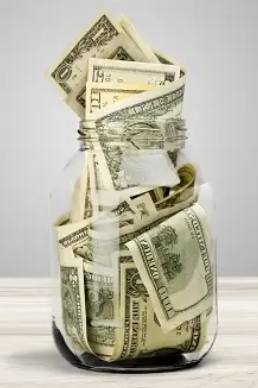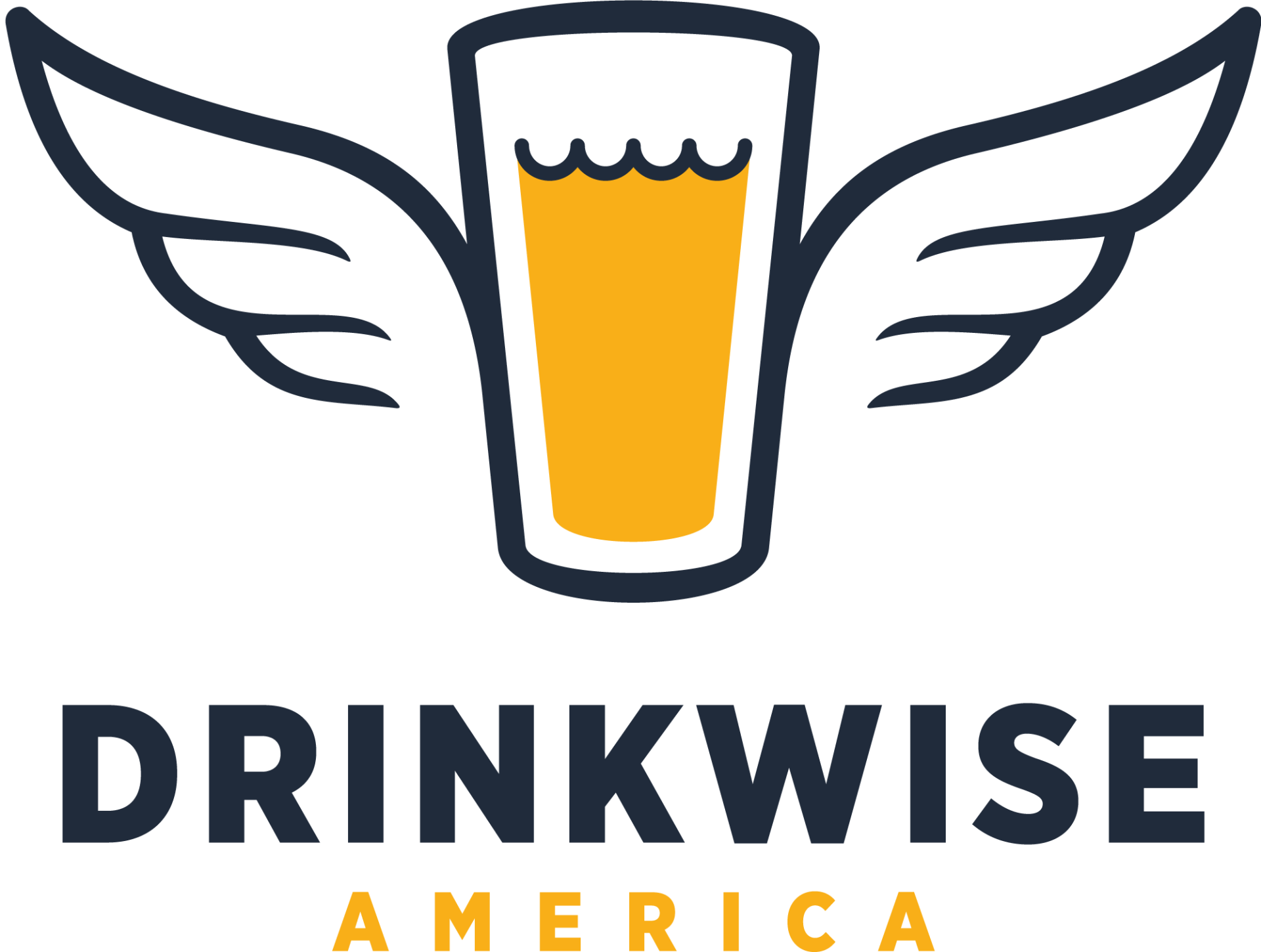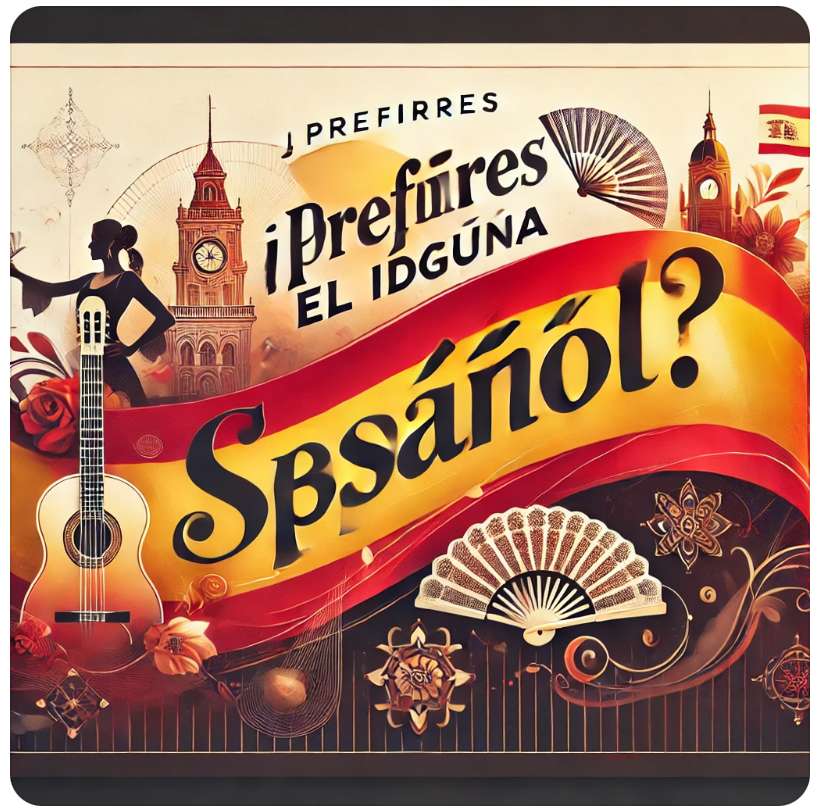The $30,000 shot glass. Yikes!
Occasionally, a client would ask me to do a deep dive into their operation. This time-intensive work involves:
- Secret shopping the business, followed by…
- Interviewing staff
- Reviewing sales records
- Reviewing staff training and scheduling
- Reviewing policies and procedures
- Evaluating their product mix and cocktail recipes
- Evaluating their marketing program
- Conducting a competitive analysis
- Evaluating their pricing
- Understanding their brand (if not self-defined, then customer defined)
- Writing a long-detailed report making recommendations on all the above
Frankly, it’s a grueling process. Inevitably, many opportunities are identified that improve the client’s financial viability and reduce their risks.
A huge opportunity discovered during one deep dive is also a common problem identified by my secret shoppers:
A shot glass is either too large or simply overpoured.
This client wanted his bar to pour a larger than industry standard pour. The industry standard is 1.50 ounces; the owner wanted his bar to pour 1.75 ounces. Fine, but there was a problem…
The client’s shot glass was too big, and his staff filled it to the brim.
Here are pics of the client’s shot glass. The photo was taken at my house; I won’t share photos inside my client’s business.
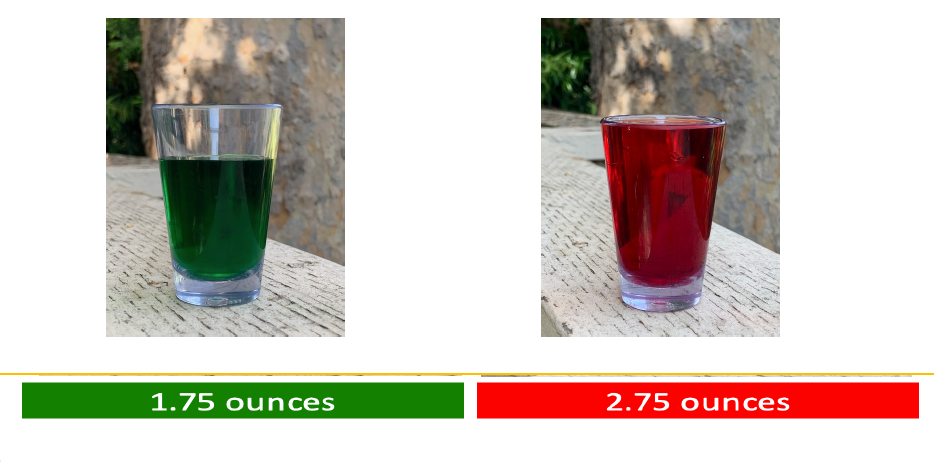
On the left is what a 1.75-ounce pour looks like, and on the right is what the client’s bartenders poured: 2.75 ounces.
Based on the client’s product mix and pricing, I could accurately inform the client that his shot glass overpour was costing the business a MINIMUM OF $30,000 A YEAR in lost profit.
A MINIMUM because the calculation was only based on the cost of the spirits given away free.
The overpoured shots also reduced sales (opportunity cost). If a customer ordered 3 shots, the customer received almost 5 shots worth of spirits. Meaning customers ordered fewer drinks.
As seen below, overpouring also puts the client and customer at a higher risk of harm (and possible lawsuit and ABC violation).
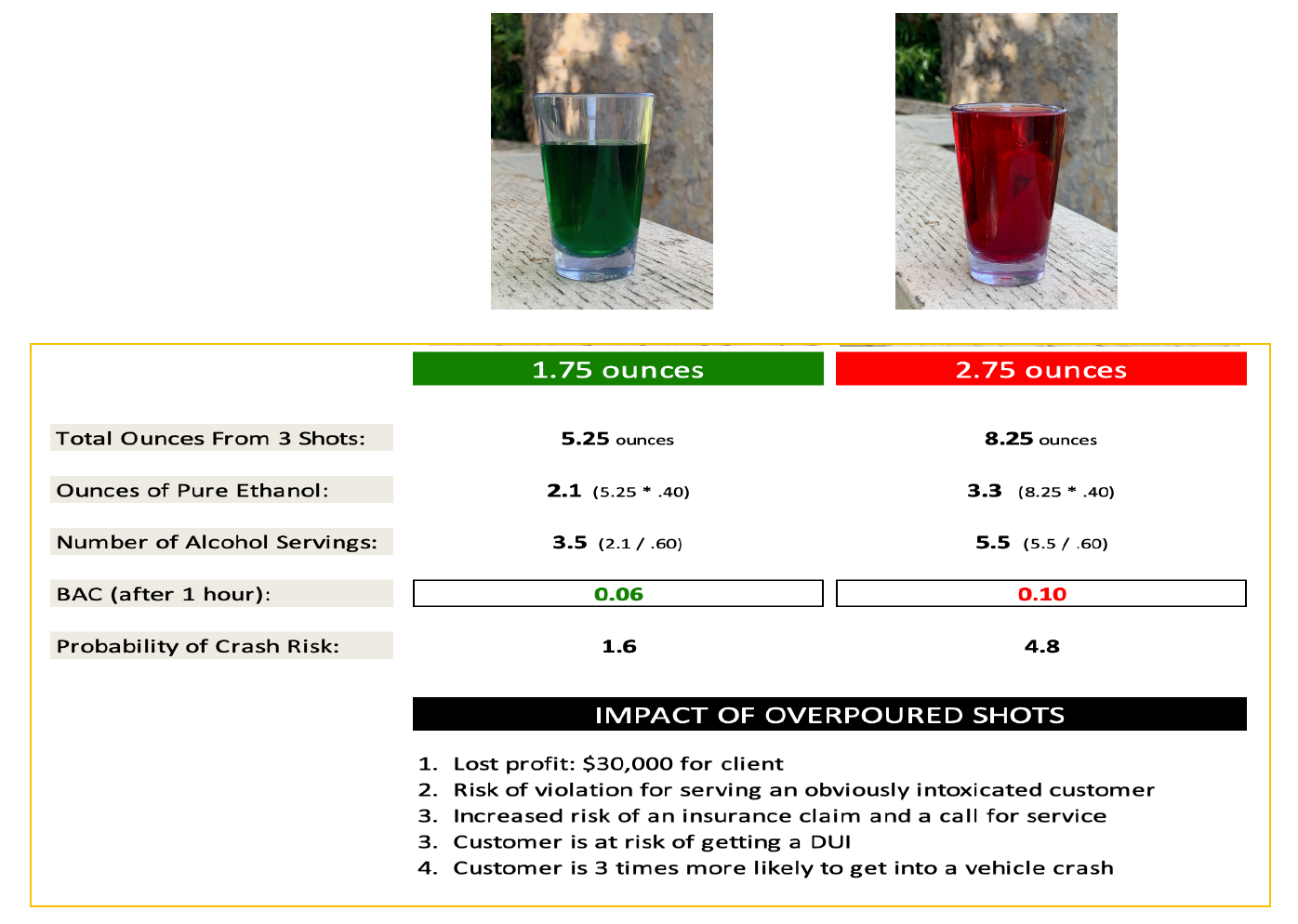
Okay, this may sound petty, but the overpoured shots also resulted in spirits spilling over the brim and making the glass sticky. I’m not fond of sticky fingers.
The solutions were numerous:
- Replace the shot glass with one that fills at 1.75 ounces (still have the sticky finger issue)
- Replace the shot glass with one that fills at 2 ounces but has a fill line at 1.75 ounces, and then monitor the pour levels (the same approach works without a pour line).
- Keep the current shot glass but monitor pouring levels, but it may appear to the customer the bartender is underpouring.
Our book “The Optimized Bar — Profits by Design” shares numerous ways to improve your bottom line. If you’re interested in reading more about the book, please go here:
We hope you download and display our DrinkWise America poster for your staff. The poster includes a QR code and discount code for our course. Once you click on the link, scroll down to find the poster.
DrinkWise America is here to help you increase your profits, reduce your liability, and protect your customers.
Take care, Gregg
